Oxidation can be caused by many things. Oxygen itself pulls electrons off of other substances, oxidizing them. I did a series of art experiments with steel plates that I called "Lust for Rust." I took a plate outside, put some duct tape over it, spilled a little acid here and there, then some polyurethane, some more acid, etc. I left these out for about six months. Here are some of the results:
Gosh I find them attractive. If you'd like to look at some more here is the link:
http://www.flickr.com/photos/22887580@N06/sets/72157617839341570/with/3511417438/
Photosynthesis is a product of oxidation. Chlorophyll is the pigment that initiates the photosynthetic process. When chlorophyll is struck by light of certain wavelengths, it temporarily loses an electron, initiating a cascade of events that harness energy. That energy is used to convert carbon dioxide into sugars, which are essential for the plant's growth. Interestingly, leaves and other photosynthetic organs contain anti-oxidants, which protect the chlorophyll from becoming permanently oxidized due to overexposure to sunlight. The anti-oxidants are the same ones we find in oranges, carrots, and spinach.
Just as the watercolor in your living room fades, the chlorophyll in a permanently oxidized state would be unable to donate more electrons to the photosynthetic process.
Photosynthesis is such a common process that we take it for granted. To me it's incredibly interesting to think about the link between photosynthesis and Earth history. It's also interesting to think that the process of photosynthesis wasn't really understood until late in the 20th century.
Everybody knows that plants give off oxygen, which is a by-product of photosynthesis. Photosynthesis did not exist in the Primordial Earth, and it took about a billion years of life for photosynthesis to evolve. Once photosynthetic organisms starting producing oxygen (for several billion years only bacteria did photosynthesis), our planet went from an anaerobic environment (with no free oxygen) to an oxygen-rich environment.
Oxygen first began to accumulate in the vast oceans of our planet, where it was absorbed by rock, most of which was iron-based. Untold deposits of iron oxide (rust) accumulated in the undersea rocks eons ago because of the advent of photosynthesis. Over the ages, many of these rocks were shoved to the surface of the planet. When we take a hike we can see the results of all that Earth history. Here are some pictures I took of natural rust when we were at Death Valley a few years ago.
I guess you can see where I got the inspiration for my series "Lust for Rust."
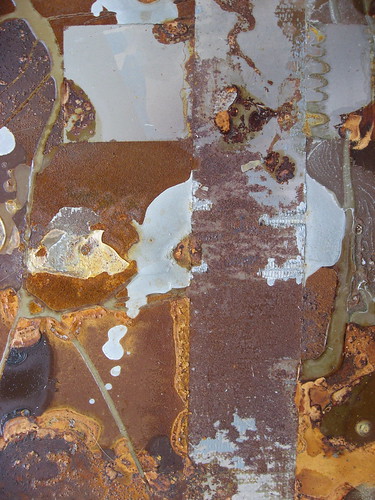
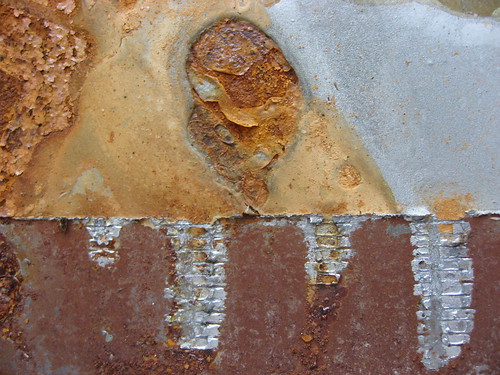

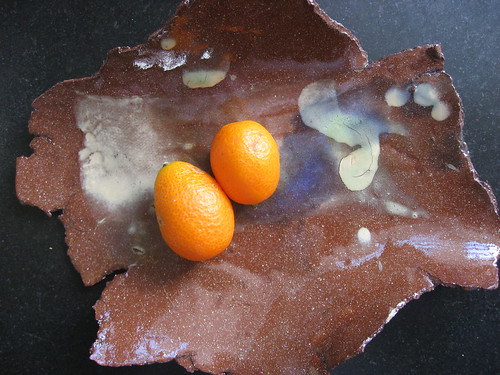
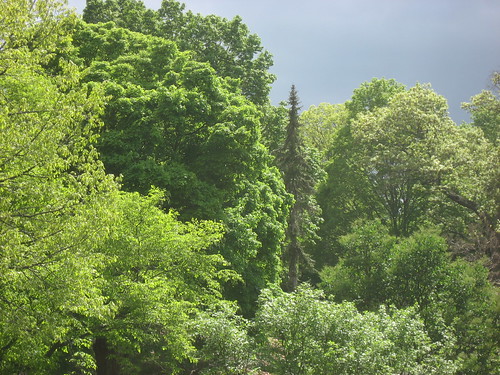
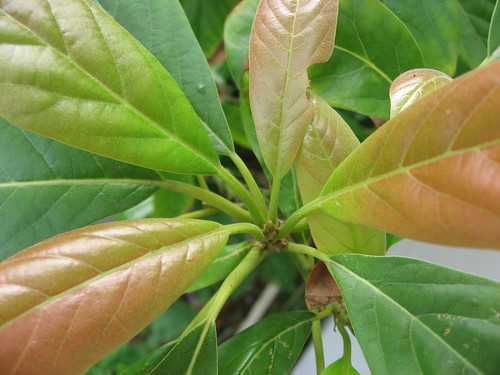

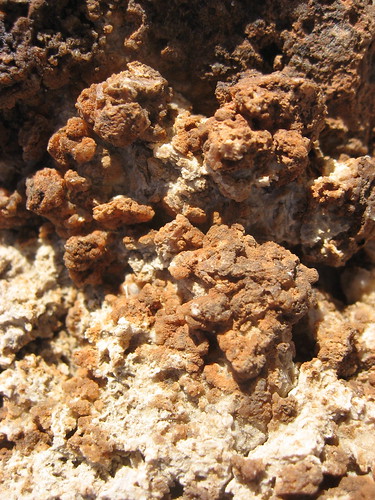

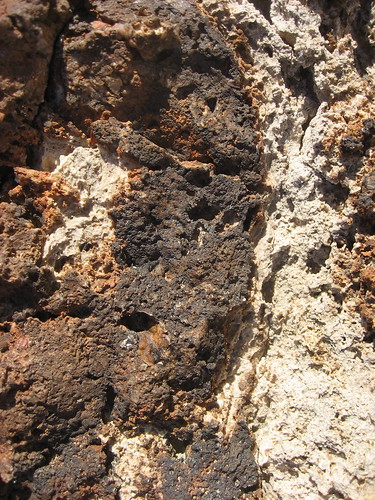
Inspirational images,
ReplyDeletefantastic look…